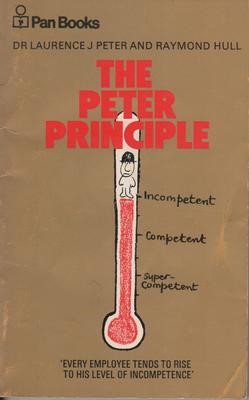There is an apocryphal [1] story that Warren Buffett once asked someone to list his top 25 goals in order. Buffett then told him that he should avoid items 6 through 25 at all costs. The idea is that worthy but low-priority goals distract from high-priority goals.
Paul Graham wrote something similar about fake work. Blatantly non-productive activity doesn’t dissipate your productive energy as unimportant work does.
I have a not-to-do list, though it’s not as rigorous as the “avoid at all costs” list that Buffett is said to have recommended. These are not hard constraints, but more like what optimization theory calls soft constraints, more like stiff springs than brick walls.
One of the things on my not-to-do list is work with students. They don’t have money, and they often want you to do their work for them, e.g. to write the statistical chapter of their dissertation. It’s easier to avoid ethical dilemmas and unpaid invoices by simply turning down such work. I haven’t made exceptions to this one.
My softest constraint is to avoid small projects, unless they’re interesting, likely to lead to larger projects, or wrap up quickly. I’ve made exceptions to this rule, some of which I regret. My definition of “small” has generally increased over time.
I like the variety of working on lots of small projects, but it becomes overwhelming to have too many open projects at the same time. Also, transaction costs and mental overhead are proportionally larger for small projects.
Most of my not-to-do items are not as firm as my prohibition against working with students but more firm than my prohibition against small projects. These are mostly things I have pursued far past the point of diminishing return. I would pick them back up if I had a reason, but I’ve decided not to invest any more time in them just-in-case.
Sometimes things move off my not-to-do list. For example, Perl was on my not-to-do list for a long time. There are many reasons not to use Perl, and I agree with all of them in context. But nothing beats Perl for small text-munging scripts for personal use.
I’m not advocating my personal not-to-do list, only the idea of having a not-to-do list. And I’d recommend seeing it like a storage facility rather than a landfill: some things may stay there a while then come out again.
I’m also not advocating evaluating everything in terms of profit. I do lots of things that don’t make money, but when I am making money, I want to make money. I might take on a small project pro bono, for example, that I wouldn’t take on for work. I heard someone say “Work for full rate or for free, but not for cheap” and I think that’s good advice.
***
[1] Some sources say this story may be apocryphal. But “apocryphal” means of doubtful origin, so it’s redundant to say something may be apocryphal. Apocryphal does not mean “false.” I’d say a story might be false, but I wouldn’t say it might be apocryphal.


